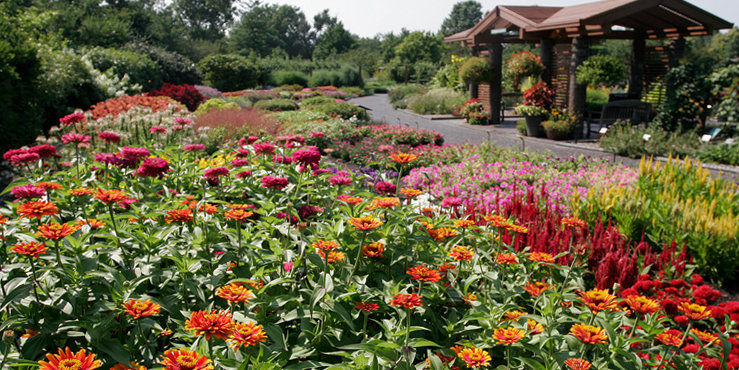
Gardening is an ideal form of exercise because it combines three important types of physical activity: strength, endurance and flexibility.
Spending time in a garden is also believed by many to have physical and emotional healing effects. According to the American Horticultural Therapy Association, gardening can benefit people who are recovering from physical illness by retraining their muscles and improving coordination, balance, and strength. In addition, simply spending time in nature reduces stress, lowers blood pressure, and relieves muscle tension.
But the cancer-protective benefits of gardening don’t end there. Studies show that gardeners eat a wider variety of vegetables (rich in disease-fighting antioxidants and phytochemicals), and have a higher overall intake of vegetables than non-gardeners.
The Old-Fashioned Way Is Better
To reap the maximum health benefit from your gardening, labor intensively. Turn off your leaf blower and pick up a rake. Use manual clippers, trimmers and lawnmowers if possible.
Try to stick to a regular "garden exercise" routine. Rather than saving up your outdoor work for one marathon weekend session, schedule at least 30-60 minutes of gardening two or three times per week. If you’re away from home during the day, early mornings and evenings are ideal gardening times.
Work at a steady, constant speed, but be sure to change positions every 10 minutes or so to avoid overusing a particular muscle group. If you start by bending down to pull weeds, stand to prune the hedges next. Also alternate which side of the body you use. Pull with your right hand, then with your left.